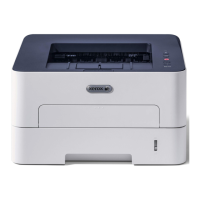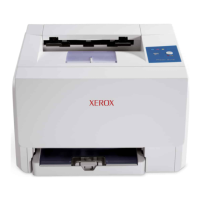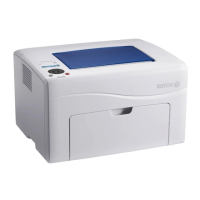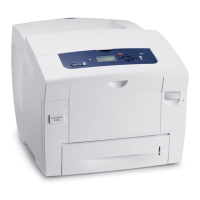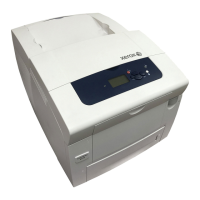programming considerations, the
initial
TSA
is a
specific
value
either
as the result
of
a Mode
0,
WRITE
DIRECT
instruction
or
as the result
of
a
PSS
or
PLS
instruction, as
described below.
During
each
PSS
instruction, the memory
stack
is accessed
28 times and the
TSA
is
incremented by 1 before
each
access.
The
first memory stack location accessed has a
relative
ad-
dress equal to the
initial
TSA
plus 1,
...
, and the 28th mem-
ory stack location accessed has
ci
relative
address equal to
the
initial
TSA
plus 28. Although 28 memory
stack
loca-
tions
are
accessed in an ascending
sequence,
only 20
loca-
tions (as
selected
by the hardware)
wi
II
contain
the basic
processor environment. Eight locations' (whose contents
are
designated as
"indeterminate",
in Figure 12)
are
reserved
and must
not
be used.
For
each
PLS
instruction, access to the memory
stack
is
contingent
upon the Word Count as described subsequently.
If
access is permitted, the memory stack is accessed 28 times
and the
TSA
is decremented by 1
after
each
access.
The
first memory stack location accessed by a
PLS
instruction
has a
relative
address equal to the
initial
TSA,
the
second
memory
stack
location accessed has a
relative
address equal
to the
initial
TSA
minus 1,
...
, and the 28th memory stack
location accessed has a
relative
address e'-'val to the
initial
TSA
minus 27. Although 28 memory
stack
"locations
are
accessed in a descending
sequence,
the
hardware selects
and
pulls the contents
of
only 20 locations
containing
valid
information, as shown in Figure 12, and loaded into the
general registers and
PSWs.
The contents
of
eight
locations
designated as indeterminate
are
ignored.
If the terminal (last)
TSA
for a
PSS
or
PLS
instruction is
not modified by a Mode
0
WRITE
DIRECT
instruction,
it
may be used as the
initial
TSA
for a subsequent
PSS
or
PLS
instruction. Each
PSS
instruction causes the memory stack
to be increased by 28 word locations and
each
PLS
instruc-
tion causes the memory stack to be
decreased
by 28 word
locations. The information is pushed and
pulled on a
last-in,
fi
rst-out
basi s.
Note:
The
PLS
instruction is
contingent
upon the
Word
Count
value,
as described below.
SPACE
COUNT
The
Space Count field (bit positions
33-47)
of
the Status
Stack
Pointer Doubleword
is
a
15-bit
counter
that
may
con-
tain a value
of
0 through 32,767. Depending upon
pro-
gramming considerations, the
initial
Space Count is a
specific
value e. ther as the result
of
executing
a Mode 0,
WRITE
DIRECT
instruction
or
a
PLS
or
PSS
instruction.
During a
PSS
instruction, the Space Count is decremented
by 1 for
each
word pushed into the memory
stack.
If the
Space Count
is
decremented to a value
of
zero before
all
the words
have
been pushed, the
PSS
instruction continues
(i.
e.,
no trapping occurs).
The
environment is stored into
appropriate
memory
stack
locations as specified by the
TSA;
however, subsequent values
of
the Space Count
are
indeterminate.
During a
PLS
instruction, the Space Count
is
incremented
by 1 for
each
word pulled from the memory
stack.
If
the
Space Count is incremented beyond a
value
of
32,767,
bit
position 32 is set to 1 (signifying an overflow condition);
however, the
PLS
instruction continues (i.
e.,
no trapping
occurs).
Note:
Once
bit
position
~2
has been
set
to a 1,
it
can
be
reset to a 0 only by
executing
a Mode 0,
WRITE
DIRECT
instruction. That is,
bit
position
32
can
not be reset to a 0 by the decrementing process
per-
formed during a
PSS
instruction.
WORD
COUNT
The Word Count field (bit positions
49-63)
of
the Status
Stack
Pointer Doubleword is a
15-bit
counter
that
may
con-
tain a value
of
0 through 32,767. Depending upon
pro-
gramming considerations, the
initial
Word Count is a
specific
value
either
as the result
of
executing
a Mode 0,
WRITE
DIRECT
instruction or as
the
result
of
executing
a
PSS
or
PLS
instruction.
During a
PSS
instruction, the Word Count is incremented
by 1 for
each
word pushed into the memory stack. Thus,
the terminai Word Count for a
PSS
instruction exceeds the
initial
Word Count by 28.
If
the Word Count
value
exceeds
32,767,
bit
position 48 is
set
to a 1 (signifying
that
an overflow condition has occurred); however, the
PSS
instruction continues the stacking operation (i.
e.,
no
trapping occurs).
If the
initial
Word Count for a
PLS
instruction
is
equal to
or
greater
than 28, the Word Count is decremented by 1 for
each
word pulled from the memory
stack
and the terminal
Word Count
will be 28 less than the
initial
Word Count.
Note
that
if
bit
position 48 was set to a 1 by a
PSS
instruc-
tion previously, it can not be reset to a 0
by
the
decrement-
ing performed during a
PLS
instruction.
If
the
initial
Word Count for a
PLS
instruction is equal to
zero,
the parameters within the Status Stack Pointer
Double-
word
are
neither
effective
nor
affected
by the
PLS
il)struc-
tion.
However,
default
PSWs
are
loaded
from
real memory
locations 2 and
3.
If
the
initial
Word Count for a
PLS
instruction is less than 28
and
not equal to zero, the
other
parameters
of
the Status
Stack
Pointer Doubleword
are
not
effective
and none
of
the
parameters
are
affected
by
the
PLS
instruction. Instead
the
BP
traps to location X
'
4D' (instruction
exception
trap) and
TCC2
is
set.
Push-Down Instructions (Privileged) 85
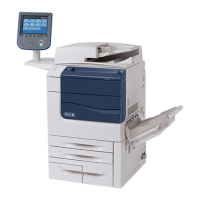
